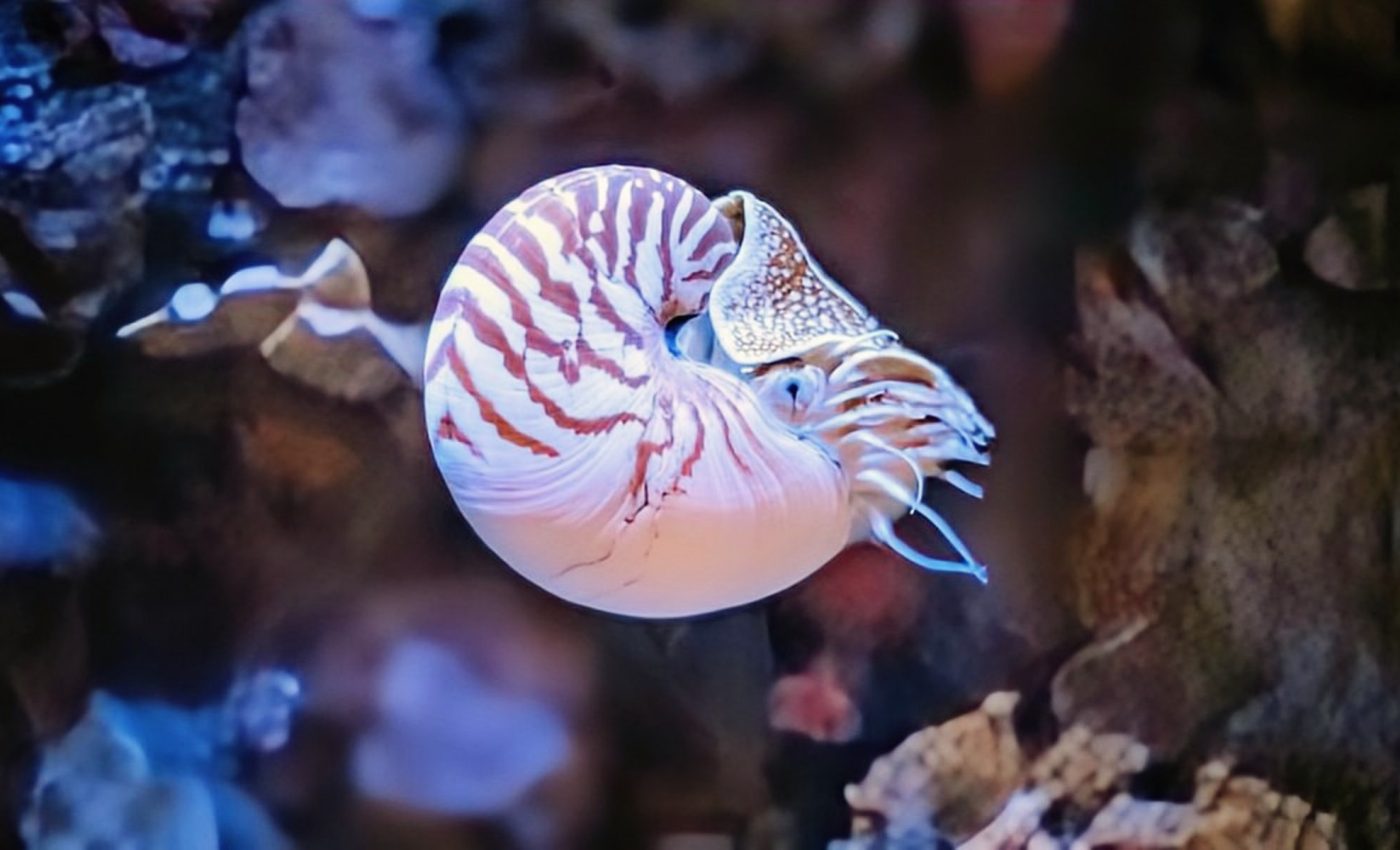
1.8 million species are yet to be identified in the ocean
The world is on the brink of a major breakthrough in discovering elusive marine species, unlocking secrets hidden in the depths of our oceans.
With the majority of the planet’s aquatic life remaining largely unexplored, we are about to take a deep dive into an initiative that is revolutionizing marine species discovery and documentation.
This innovative effort promises to shed light on the countless unknown organisms dwelling beneath the waves, significantly advancing our understanding of marine biodiversity.
A turning tide for marine species discovery
The magnitude of Earth’s biodiversity is staggering, encompassing a vast array of life forms across various ecosystems.
However, most of the estimated two million marine organisms have not yet been identified, leaving significant gaps in our understanding of oceanic life.
A primary hindrance to studying and conserving these species has been the painfully slow process of scientific description, with delays of 20-40 years before a new species is officially recognized.
In response to this daunting challenge, the Ocean Species Discoveries initiative was launched. This ambitious project, led by the Senckenberg Ocean Species Alliance (SOSA), offers a revolutionary platform for rapid, yet comprehensive taxonomic description of marine invertebrate species.
SOSA’s mission goes beyond mere discovery, aiming to foster protection, awareness, and appreciation of marine invertebrates before they fall into oblivion.
A new wave of collaborative research
A team of 25 researchers from around the world collaborated for this groundbreaking project, resulting in data on thirteen marine invertebrate taxa.
The significant discoveries include the identification of a new genus, eleven new species, and the reinstatement of one previously described species.
These remarkable creatures originate from various global locations and inhabit depths ranging from a shallow 5.2 meters to an astounding 7,081 meters beneath the ocean surface.
The findings have been compiled and made accessible through open-access publications via the Biodiversity Data Journal.
The publication format breaks away from the traditional approach of isolating species’ descriptions. Instead, it allows for diverse marine invertebrate taxa to be elucidated collectively.
This collaborative approach not only expedites the scientific process but also incentivizes researchers to disclose their new discoveries more promptly, fostering a more dynamic and integrated understanding of marine biodiversity.
New marine species discovered
Among the new species featured in the Ocean Species Discoveries initiative is Cunicolomaera grata, an amphipod whose intricate burrowing patterns along the seafloor have sparked significant scientific icuriosity.
This tiny creature’s behavior and habitat offer valuable insights into the complexities of marine ecosystems.
Contrastingly, there’s Lepetodrilus marianae, a wrinkly-shelled limpet that thrives in the extreme environment of hydrothermal vents, where temperatures can soar up to a sweltering 400 degrees Celsius.
The unique adaptations of this limpet to such harsh conditions highlight the incredible resilience and diversity of marine life.
The race against time
These discoveries underscore the urgent need to reduce the time taken from discovering a new species to its public description.
Speeding up this process is critical to ensuring that new species are recognized and protected before it is too late.
Many of these organisms reside in fragile and threatened environments, such as hydrothermal vent zones that are at risk due to deep-sea mining activities.
Others, like the purple sea cucumber Psychropotes buglossa, inhabit areas of significant economic interest, endangered by polymetallic-nodule extraction.
Such scenarios highlight the very real risk of losing unknown species even before they are discovered, studied, and understood, underscoring the importance of rapid and effective documentation and conservation efforts.
A call to arms
“Only by leveraging the collective strengths of global progress, expertise, and technological advancements, will we be able to describe the estimated 1.8 million unknown species living in our oceans,” said Dr. Julia Sigwart.
This beckoning call invites taxonomists specializing in marine invertebrates from around the globe to contribute their expertise to the Ocean Species Discoveries initiative.
By joining this crucial effort, these scientists can play a pivotal role in accelerating the identification and protection of marine species, many of which are at risk of being lost forever.
Their contributions will not only enhance our understanding of marine biodiversity but also ensure that these unique and often fragile organisms are recognized and conserved for future generations.
The collective efforts of the global scientific community are essential to safeguard our oceans’ rich and diverse life forms before they disappear into oblivion.
—–
Like what you read? Subscribe to our newsletter for engaging articles, exclusive content, and the latest updates.
Check us out on EarthSnap, a free app brought to you by Eric Ralls and Earth.com.
—–













